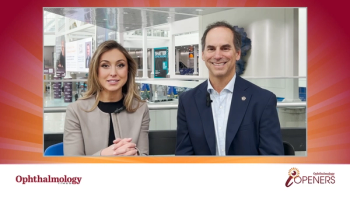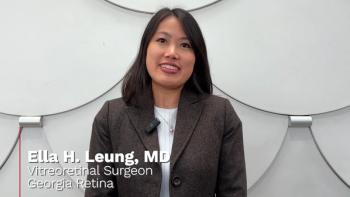
After hours and emergency office services may pay a bonus
CPT coding for after hours and office emergency services changed in 2006. It is important for practices to be aware of the changes and to implement them promptly if they have not yet done so.
Key Points
CPT coding for after hours and office emergency services changed in 2006. It is important for practices to be aware of the changes and to implement them promptly if they have not yet done so. Many practices still rely on the old guidelines, leading to mistakes in coding and billing and loss of revenue.
The relevant codes are buried near the end of the CPT manual, in the Medicine Section, under "Special Services, Procedures, and Reports." This section in general contains codes that are used by practitioners in a wide variety of specialties. It is perhaps for this reason that they frequently escape the notice of ophthalmologists, who are more focused on the codes in the Eye and Ocular Adnexa section.
The after hours code of principal interest is CPT 99050, Services provided in the office at times other than regularly scheduled office hours, or days when the office is normally closed (e.g., holidays, Saturday, or Sunday), in addition to basic service. This code is used in conjunction with an evaluation and management (E/M) code or with a general ophthalmological services code ("eye code"). Because the code indicates "in the office," the code may not be used for patients seen in the emergency department or on the hospital floor.
Each practice has its own normal schedule of operations. This information should be freely available and can be used to support a claim indicating that services were provided outside of normal business hours. If your practice has routine Saturday hours, visits during this time would not be reported with CPT 99050.
It is a good idea to record explicitly the day and time of service, in addition to the date, in your note for the encounter. Use of the term "after hours service" adds further impact to the note.
Many payers have restricted the use of this code to certain specialties. Radiologists, for example, are often excluded from using CPT 99050. Plans that limit the use of 99050 to primary-care specialties may exist, thus effectively excluding ophthalmology.
Also, some payers interpret the code (overly) strictly and will only cover CPT 99050 for services on (some) holidays and Sundays, but not Saturdays.
The emergency services code of interest to ophthalmologists is CPT 99058, Service(s) provided on an emergency basis in the office, which disrupts other scheduled office services, in addition to basic service.
Several caveats apply to the use of CPT 99058. The code should be used only in cases where the patient is seen preferentially to other patients. It should be documented clearly (often assisted by the use of the phrase "emergency service" in the record) that office services were disrupted. As with CPT 99050, patients seen in the emergency department or on the hospital ward are not reported with 99058.
Some practices have a protocol by which certain time slots are held in reserve for patients with acute problems. If the patient is seen in such a slot, CPT 99058 should not be used. Also, if the patient calls on short notice and is given an open appointment slot, then the code does not apply. In these two situations, it would not appear that scheduled office services have been disrupted.
The chief complaint and history of present illness should make it apparent that an element of urgency was involved. This is important, because it may be found in retrospect that the patient's problem did not actually require immediate care.
Urgency can be emphasized through thoughtful choice of diagnosis codes. Take, for example, a patient who presents with halos and severe pain for which the diagnosis of angle-closure glaucoma is suspected. Ultimately, the patient is found to have moderate punctate keratitis.
Newsletter
Don’t miss out—get Ophthalmology Times updates on the latest clinical advancements and expert interviews, straight to your inbox.













































